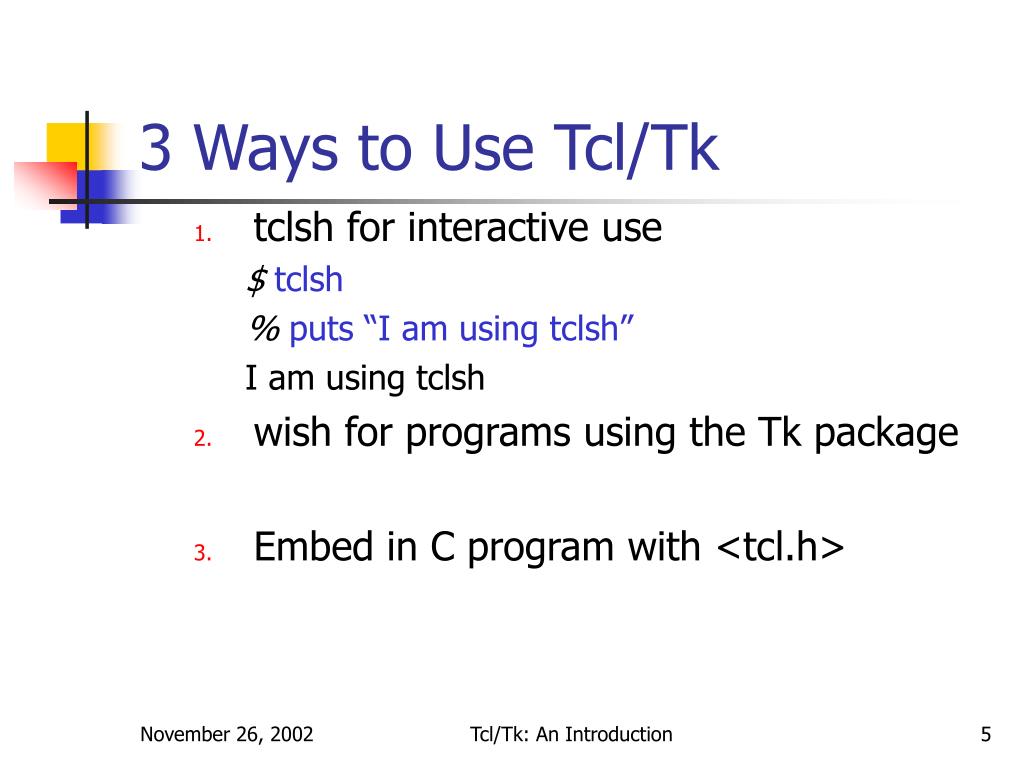
Each of these genes have been deployed in pepper breeding programs ( Fery et al., 1998 Djian-Caporalino et al., 2007 Wang et al., 2009, 2018 Fazari et al., 2012 Celik et al., 2016). These R genes originated from Capsicum annuum accessions PI 201234 ( Me1 and Mech2), PI 322719 ( Me3 and Me4), Criollo de Morelos 334 (CM334) ( Me7 and Mech1), and “Missisippi Nemaheart” ( N) ( Hare, 1957). Me1, Me3, Me7, and N confer resistance to a wide range of RKNs, including M. ( Wang and Bosland, 2006 Djian-Caporalino et al., 2007 Wang et al., 2009 Bucki et al., 2017). In pepper, at least 10 dominant genes, Me1 to Me7, Mech1, Mech2 and N have been reported to confer resistance to Meloidogyne spp. In potato ( Solanum tuberosum), the genes Hero and Gpa2 confer resistance to Globodera pallida (white potato cyst nematode, van der Voort et al., 1999 van der Vossen et al., 2000 Ernst et al., 2002) and Gro1-4 confers resistance to Globodera rostochiensis (yellow potato cyst nematode Paal et al., 2004: Williamson and Kumar, 2006). Several dominant nematode resistance genes including Mi1.1-2 and Mi-9 have been reported in tomato ( Solanum lycopersicum Nombela et al., 2003 Seah et al., 2004 van der Vossen et al., 2005 Jablonska et al., 2007 Sanchez-Puerta and Masuelli, 2011 de Carvalho et al., 2015). Since nematode-resistant cultivars provide an efficient and environmentally safe alternative to chemical measures, much effort has been devoted to identifying host resistance against RKN in cultivated or in wild species ( Taylor and Sasser, 1978 Pegard et al., 2005). Due to the inefficiency of chemical applications, as well as increasing awareness of food safety and environmental concerns, the application of nematicides has been restricted. Strategies to mitigate the RKN threat include biological and chemical control measures as well as the use of resistant cultivars/rootstocks. javanica, are widely distributed with diverse host ranges and cause considerable yield losses in many crops ( Jones et al., 2013 Noling, 2014 Wu et al., 2018). There are more than 98 Meloidogyne species ( Jones et al., 2013).

Root-knot nematodes (RKN Meloidogyne spp.) are obligate phytopathogens causing significant economic losses in several crops including Solanaceae species ( Eisenback and Triantaphyllou, 1991 Bernard et al., 2017).

The Me7-linked markers identified here will facilitate marker-assisted selection (MAS) for RKN resistance in pepper breeding programs, as well as functional analysis of Me7 candidate genes in C. We propose that RKN resistance in CM334 is mediated by one or more of these NBS-LRR class R genes. A cluster of 25 putative nucleotide-binding site and leucine-rich repeat (NBS-LRR)-type disease resistance genes were predicted in the delimited Me7 region. Nine markers co-segregated with the Me7 gene. The Me7 locus was delimited between two markers G21U3 and G43U3 covering a physical interval of approximately 394.7 kb on the CM334 chromosome P9. annuum CM334 reference genome and BAC library sequencing, fine mapping of Me7 markers was performed. RKN resistance screening in the F 2 population identified 558 resistant and 156 susceptible plants, which fit a 3:1 ratio confirming that this RKN resistance was controlled by a single dominant gene. CM334 exhibits suppressed RKN juvenile movement, suppressed feeding site enlargement and significant reduction in gall formation compared with ECW30R.

annuum ECW30R and the RKN-resistant parent C. In the present study, the Me7 locus was fine mapped using an F 2 population of 714 plants derived from a cross between the RKN-susceptible parent C. A single dominant locus, Me7, conferring RKN resistance was previously mapped on the long arm of pepper chromosome P9. The root-knot nematode (RKN) Meloidogyne incognita severely reduces yields of pepper ( Capsicum annuum) worldwide.


 0 kommentar(er)
0 kommentar(er)
